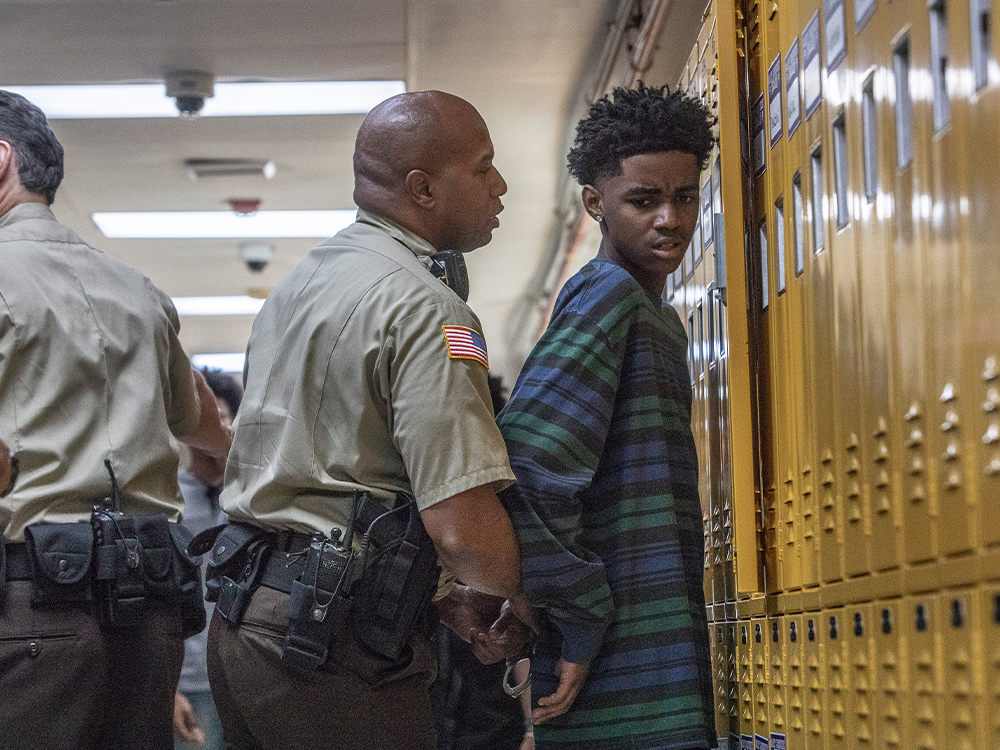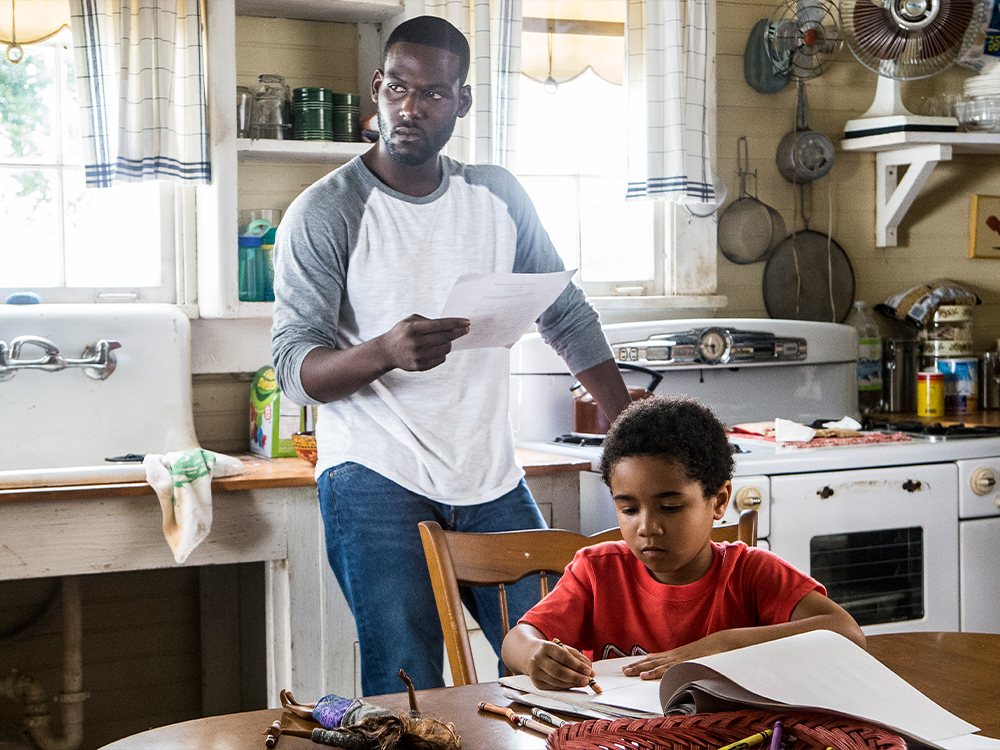“Recidivism is common. A 2018 Department of Justice report followed prisoners released in 24 states in 2008 for 10 years. Around 66 percent of those formerly incarcerated people were arrested within three years. Within 10 years, 82 percent had been arrested again.”
— Hannah Grabenstein
Upon being released from prison and placed on parole, a parolee is given gate money. This money can be used for transportation, food or any immediate needs. Approximately 90 percent of states provide gate money or some form of funding to cover expenses such as housing, food or transportation. Since the first 72 hours of release are crucial to successful reentry, the amount of gate money provided can determine if a person reoffends. Unfortunately, the average amount of gate money is simply not enough.
This is when life after incarceration begins. The parolee will be given a parole officer or supervisor and a set of conditions. Common parole conditions include:
- Reporting regularly to a supervising office
- Living within a defined area and not leaving without permission
- Promptly notifying a supervising officer of changes in employment status
- Not possessing any guns or other weapon
- Agreeing to law enforcement searches of one’s residence, possessions and self
- Not breaking the law
Violating the conditions of parole can result in a “revocation” of parole and the return of the parolee to prison. In 2020 an estimated 3,890,400 adults were under community supervision (probation or parole) and in 2017 61,000 people were incarcerated because of minor parole violations.
Violations include:
- Staying out past mandated curfew
- Missing an appointment with a probation/parole officer
- Failing to pass a urine test
- Possessing a weapon
- Committing a crime
- Associating with a person convicted of a crime
- Failing to meet the requirements of parole such as job and education programs
ACTIVITY
Roadblocks to Freedom
Finding employment, housing and education after incarceration may be difficult for the formerly incarcerated. Many incarcerated persons have served their time in a facility that is not in their home town, requiring transportation to return home. In this activity, your challenge is to follow the life of a formerly incarcerated person and identify needs and barriers to returning to the community. Once you have completed your research, you will use the information you have gathered to unpack the challenges faced by the formerly incarcerated in your community. Finally, identify areas to advocate for change in your community.
Select
- Identify the state you live in and then select 1-2 other states to research.
Find and Research
- How many people in the selected states are:
- In prison
- On parole
- On probation
- Who is being imprisoned?
- Race/Ethnicity (Per 100,000)
- Gender
- Racial/Ethnic Disparity
- How much gate money, if any, does each state give people exiting prison?
- Is there anything else they are given?
- What are the parole requirements in each state?
- What are the recidivism rates in each state?
- What are some restrictions for the formerly incarcerated in each state for:
- Housing
- Employment
- What is the minimum wage by state?
- What is the average rent by state?
- Are the formerly incarcerated allowed to vote?
- How many people are disenfranchised? (number and percentage)
- How many of the disenfranchised are African Americans (number and percentage)
Examine the Data and Ask Yourself
- How does the disenfranchisement of marginalized people affect their ability to exercise the benefits of full citizenship (voting, earning a living, accessing social services, gainful employment, education, etc.)?
Synthesize the Data and Ask Yourself
- How much money does a person exiting prison need to re-establish themselves?
- What community support systems are needed to decrease recidivism?
- What type of programs should be provided while the person is incarcerated?
Reflect on what you have learned and then ask yourself
- What do you notice about the people who are being disenfranchised?
- Should people be disenfranchised? If so, for how long.
- How should rights be restored?
- What do you believe should be changed about the prison system?
- Should education and job skills training be required during incarceration?
- What would you like to see in place in your community for formerly incarcerated people?
- Should the primary purpose of incarceration be punishment or rehabilitation?
- What are the benefits of rehabilitation?
- Identify your elected officials and determine what their role is in the criminal justice system:
- U.S. president
- U.S. senator
- Your U.S. representative
- Your governor
- Your state legislators
- Your mayor
- Your district attorney
- Your county executives
- Which elected official (local, president, etc.) do you need to contact to make the changes you identified above?
Download: Criminal Justice Responsibilities (pdf)
What Correlations Can You Make About:
- Education levels in the state based on race and age?
- Poverty and education?
- Unemployment and education?
- Which demographic group has a higher rate of incarceration due to the above factors?
- What is the rate of recidivism in your state?
- What are some of the factors that are leading people to reoffend?
- What do you think is missing? What ideas do you have on how to bring upon transformation change for incarcerated and formerly incarcerated people?
Additional Resources
Learn more about the topics covered in this lesson.





